 Your new post is loading...
 Your new post is loading...
The sound of a word like "knife" or "truck" seems totally arbitrary—it’s just a random sound we’ve assigned to a thing, right? But for several decades, scientists have found good evidence that the sound of words have meaning in a very real way. Sound can convey subtle information about traits such as size, shape, smoothness, and also, according to a new study in Cognition, distance. This suggests that while the sound of company and product names—Lyft, Smuckers, Nike—may seem meaningless, it may actually quietly shape consumers' perceptions. This is what’s called "sound symbolism"—the theory that there’s an intrinsic meaning we unknowingly attach to certain speech sounds. Sound symbolism is probably best illustrated by a well-known study from 1929 by the renowned linguist and anthropologist Edward Sapir. In his experiment, Sapir had people assign two fake words—"mil" and "mal"—to either a larger or smaller table. And what he found was pretty astonishing: The majority of participants called the smaller table "mil" and the larger table "mal." Since Sapir made up the words "mil" and "mal," he concluded that people inferred word meaning from the sound. Over the decades, researchers have verified and added to what Sapir discovered in his study, that certain speech sounds have meaning, separate from the definition of a word itself. They’ve found links between word sounds and concepts for all sorts of characteristics, including size, shape, speed, weight, sharpness, and creaminess. "Sound symbolism says that people have this intuition, that there are right words for certain things," explains Sam Maglio, one of the authors of the new Cognition study and an assistant professor of marketing at the University of Toronto Scarborough....
Brands talk endlessly about attention to individual customers. But Brazilian telecom company Oi has extended that idea to its very logo—a shapeshifting mark that responds to sound and looks different to every customers who speaks to it. "We developed an interactive approach to the identity, experimenting with sound and touch activation, so that there could be as many subtle variations of the Oi logo as there are people who interact with it," says Wolff Olins, the design shop behind it. Wolff Olins worked with digital art and design studio Onformative on the concept. Onformative built bespoke software that allows anyone to animate the Oi logo with any sound at all—including voice, but other things like music too—and then to save their own unique version based on that sound input....
Earlier this month, Uber unveiled a new look, including, among other things, a new app logo. In a complete departure from its original icon featuring a stylized “U,” the new icon is a non-distinct image of a square embedded in a circle (in rider apps) or a hexagon (in partner apps).
According to Uber, the square represents the bit (as in the basic unit of information in computing) — a concept central to Uber’s business philosophy.Uber argues that its new look would “…provide consistency, highlight information and make our brand easy to recognize.” While Uber’s new logotype and website design might be aligned with this goal, its new app logo is not; the new logo is far less recognizable as representing the Uber brand than the one it replaced....
As digital video and streaming services continue to recast the viewing landscape, a handful of digital executives and Sundance Film Festival attendees pushed to have the burgeoning videosphere represented during one of filmmaking's highest-profile events—and Rick Parkhill, CEO of VMA Media, made it happen.
After securing support from sponsors Twitter, Fullscreen, Maker, Zefr, Above Average, Hulu and Naritiv, he persuaded festival organizers that this was, in fact, a viable extension, and Digital Storytelling was born. The event kicks off Thursday, Jan. 21, on the eve of the film festival, with additional sponsors including CNN's Courageous content studio, Fox Network Group's True(x) and The Huffington Post signing on....
Brands looking to be successful in the world of fragmented, distracted and time-crunched consumers, might not be rated just on how well they serve customers’ needs, but how well they work with others to combine forces.
In the latest edition of its Sentinel Report, software developer and technology services company Globant suggests companies that find partners to provide a “seamless ecosystem” will be well-positioned to meet consumers’ needs in the future.
“The main goal for brand ecosystems is to lean on the best attributes of both companies to improve the offering with the clear goal of making life easier for consumers,” Martín Migoya, Globant CEO and co-founder, tells Marketing Daily. “As a result, consumers are often more engaged with brands and share a greater stake in their success.”...
A recent ad for Clinique lipstick proclaims: "Have it all", suggesting that a simple cosmetic product is the answer to one of the most complex questions of our time; that ever-elusive quest for balance in our ‘always-on’ world.
Yet, somewhat ironically, the brand’s own research suggests that more women than ever are rejecting the empty rhetoric and bluster implicit in this strapline. In fact, according to its ‘The Truth About Happiness: What Women Want’ research, 77% of women in the UK feel that trying to have it all has actually served only to make us more unhappy....
Everyone knows price matters to consumers, but a new study suggests the lowest price doesn’t always win. Even more important to consumers is the reputation of retailers—and how prices correlate to that brand reputation.
Price Still Matters
This guideline comes from Concordia University’s John Molson School of Business, which does agree that price remains an important factor for businesses. But price is a relative figure that relates to the reputation of a business, and consumers typically gauge whether a price is good based on how it compares to a brand’s reputation.
In other words, a high price isn’t a deterrent to many consumers, as long as it corresponds to a positive reputation. When price and reputation seem misaligned, consumers are turned off....
The same leaders who use the phrase: “Let’s all get on the same page”, then send out 110 slide Powerpoint presentations. We take it serious enough to create a Brand Strategy Roadmap that you can use to frame the next 5 years of your brand strategy, and fit it on one page. This way, you really can get everyone on the same page.
The master brand strategy roadmap
Having the brand road map on one page can help align everyone that works on a brand. This is especially useful when managing a Branded House or Master Brand where there are various people in your organization that each run a small part of the brand. The road map helps guide everyone and keep them aligned.
Here’s the one I use that has all the key elements....
Let's cut to the chase, your brand is not your logo, your identity or your product. Your brand is the gut feeling an individual has about your product, service or organization. It’s all the unique qualities that make you different, valuable, memorable and trustworthy. It signifies a promise of value, and reflects how your organization emotionally connects with consumers. Crucially, your brand is not what your company says it is, but what your target market says it is....
Now that the buzz and media frenzy about the demise of RadioShack and the analysis of why by Wall Street and other experts is beginning to subside, another consideration should be examined. What happens to brands that do not remain relevant, stop innovating and sit on their hind quarters? Well in short, they RadioShack….
Why should we care about social selling? Isn't it just another one of those buzzwords used to describe something we already know about? Isn't it just sales under a different name? If that's true then why are we seeing organisations increasingly using new digital channels as part of their sales strategy?
Maybe it's because engaging with our audiences in new ways is just more exciting than traditional sales channels as it provides a way of interacting with our potential buyers. It's also because it's a lot cheaper, digital channels allow us to reach a wider audience, with the same resources. We're having a look at who is the most influential in this up and coming topic, and figure out what brands are driving most engagement on social media....
Hand-picked collection of brand style guide examples, pattern libraries and design manuals for inspiration. Find all the best style guides in one place. Maintained by Saijo George, find me on Twitter or LinkedIn.
So another year comes to a close and BrandNew have published their now traditional ‘The Best and Worst Identities of 2014′
In which (as the name suggests) they highlight the Best and the Worst of Identity design, all in their opinion of course, but they are usually pretty spot on.
Overall I agree with most of the selection of the good and the, ahem, not so good (to put it politely). Here’s a selection of some of our favourites of the year….
|
Since 2012, Cohn & Wolfe has studied authenticity as a guiding principle and business practice. Each year, our research reveals more insight on the strategic power of authenticity and its unique opportunity to build reputation.
Cohn & Wolfe has discovered a huge authenticity gap in the eyes of global consumers. With 75 percent of consumers surveyed in 14 markets believing that companies are not open and transparent, it’s clear that brands have a credibility problem.
Our 2016 findings reveal that cynicism towards brands is highest among Western European countries, while high growth / low per capita GDP countries recognize authenticity in brands the most.
Across global markets, approximately one in five consumers finds brands “Open and Honest.” At 23 percent, the US places just above the global average. In Western Europe, a mere 5 percent of consumers in Sweden consider companies “Open and Honest,” while the UK, France, Germany and Spain all match the same low level at 7 percent.
Brazil, while generally higher than Western Europe, is still lower than the US at 19 percent.
Even in China and Indonesia, where consumers are least pessimistic about brand authenticity, only about a third of the population (36 percent and 35 percent, respectively) consider companies “Open and Honest.”
The opportunity for businesses to close this gap is staggering....
Nike has suspended the eight-year, $70-million contract it renewed in 2010 with tennis star Maria Sharapova after she announced yesterday that she had failed a doping test taken during the Australia Open in January, where she advanced to the quarterfinals. Porsche this morning said that is will “postpone planned activities” with the 28-year-old, Russian-born athlete. And Swiss watchmaker Tag Heuer said it would not renew a deal with Sharapova that expired at the end of 2015.
The banned substance in her system, meldonium, is a drug manufactured in Latvia that is not legally available in the United States. Sharapova said her family doctor had prescribed it for her a decade ago for several health issues. She admitted she had received an email on Dec. 22 announcing the ban but said she had not clicked through on the link....
Today, you probably know Diet Coke for its silver and red branding—which is more or less how it’s looked since Coca-Cola’s sugar-free alternative first launched in 1982. But starting this month, in a market where diet soda sales are down, Diet Coke is going bespoke, as millions of unique designs are hitting U.S. shelves for the first time as part of a campaign called "It’s Mine."
So for the next several months, no two 12-ounce bottles of Diet Coke will look exactly alike.
"Personalization and customization is a huge trend, obviously," says Rafael Acevedo, group director of Diet Coke in North America. With Coca-Cola’s first major personalization campaign, Share a Coke in 2014, the company put thousands of people’s names onto bottles. The idea was that you’d spot someone’s name and want to buy them a Coke—and it’s an idea that worked, with measurable uptake in both short term sales and longer term brand loyalty. For Diet Coke, that concept got a tweak. "In this case, it’s more personal, "Acevedo says, "to have that sense that Diet Coke is giving you something no one else can have."...
Many (but not all) might argue that a tweet isn't nearly as powerful as a lightsaber. However, last week a number of brands joined the Star Wars frenzy on the platform, helping to churn out an impressively high number of tweets that could potentially populate a small planet.
Conversation on Twitter related to the newest movie was massive. According to Twitter, "Star Wars" was mentioned 6.5 million times in the week leading up to opening night, with 2.4 million of those happening in the final 24 hours.
The tweets, brand partnerships and overall collectively massive campaign paid off, with the movie breaking box office records on its opening weekend and taking in around $238 million.
Here's how five brands celebrated Star Wars: The Force Awakens.....
Consciously or not, many brands are now running a freemium model. They are giving away a lot more than they used to, particularly across social media, just to keep up with the changing competitive landscape. And they are hoping to recoup on that significant content investment when consumers do buy. So has any of this changed the fundamentals of brand economics, or has it merely altered the manner in which brands achieve visibility?
By way of a sanity check, I went back to this paper from some years back to assess what still holds true.
Brands continue to simplify recognition and selection, and to instill trust in a world bulging with options. They continue to offer a simple way for time-poor consumers to filter the choice set. Consumers still buy because they identify with what some brands stand for – although one could argue that the criteria themselves may be shifting, particularly with younger buyers, as ethics becomes an important judging point....
One of the biggest challenges of a new branding project is ensuring your design is consistent across all platforms, touch points and territories. The worst mistake you can make is to create a brand that is impossible and impractical for the client to implement and use.
So how do you do create the perfect branding in an increasingly complex world? Here are five tips from leading designers…...
However not many brands and marketers have been successful in deploying omni-channel strategies for a simple reason – we are operating on top of an increasingly broken and fragmented ecosystem that is CHANNEL FOCUSED and not CHANNEL AGNOSTIC. The shift requires fundamental change; I call these the FIRST PRINCIPLES OF AN OMNI-CHANNEL STRATEGY (in no specific order)....
Today, if you’re in marketing to any extent, you’ll know about influencers and, more importantly, about influence marketing.
What makes a great influencer? Influencers are humans, clearly, not automated content management systems. They are mega-connected on social media (aka they have earned the trust of many other humans to deliver on what they promise) and they have the unique ability to inspire action. The good influencers out there have great knowledge in a particular field, know how to curate that knowledge, add their unique vision and value, and they know how to communicate with their audiences.
If I am a brand, I totally love that potential, that opportunity, that has only been created in the last few years. How can my brand become part of an influencer’s curated content (and in a positive light, hopefully!)....
Value is in the eye of the beholder. But what influences the beholder in their perceptions? This infographic looks at the psychology behind our perceptions, noting trends, marketing practices and differing generational attitudes. Including: - How lobster went from prison food (at one time fetching $0.11/lb) to fine dining
- How ‘ancient grains’ got pricey
- How we experience more pleasure from a wine we’re told costs more
Since price positively influences perceptions of quality, and inversely influences perceptions of value, how do sellers of mundane products use history, story, exclusivity, and implied scarcity to change our appetites? Read on to find out a little more about the Perception of Value...
“No other brand will make you feel so …” That’s the basis for a great brand promise – and very, very few brands deliver on it because they confuse operational excellence with promissory distinction. They promise great service or great features because they want the world to know they’re very good.
The thing is – the world already knows, or rather it assumes. That’s not a promise. It’s just a reassurance (and one that consumers increasingly take for granted). We keep thinking promises are made in words. They’re not. They’re captured in words for organisations’ convenience – and in phrases that marketers and senior teams feel good about but that, in reality, consumers are oblivious to....
A few well-chosen words is often all that is needed for a consumer to recall a favorite brand. But today, marketers and advertisers tend to rely on visual cues -- a font, a color, a spokesperson, or even an icon -- to inspire.
Consider this: What phrase do you associate with Nike? Would the brand symbolize the same attitude without their famous "Just Do It" tagline?
There is power in right words. But if you still don't believe me, take our quiz below. Can you guess the brands behind these famous taglines and slogans? And how do these phrases change the way you think about each company?...
From the days of hand cut letterforms, through the wave of digital technology and into current day, logo design has wonderfully transformed, adapted and shape-shifted. What logo design trends lie ahead in 2015?Here are 10 predictions based on logo designs of recent times....
|



 Your new post is loading...
Your new post is loading...



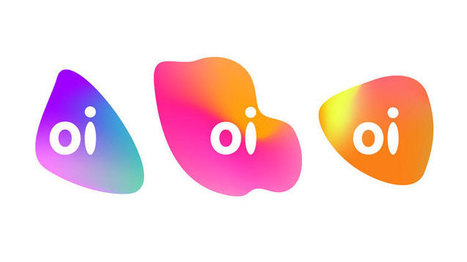







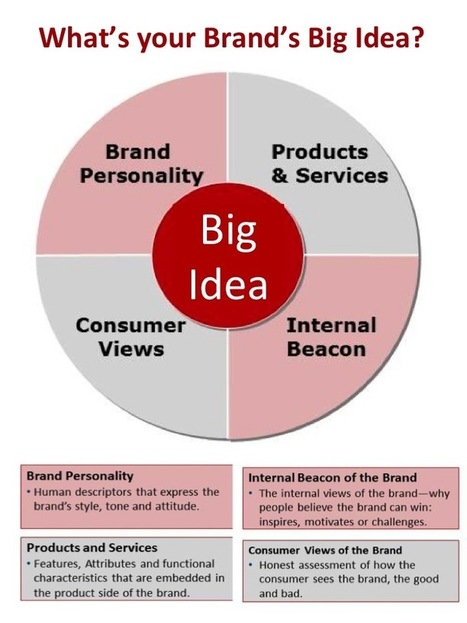
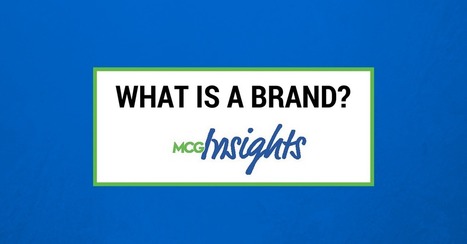


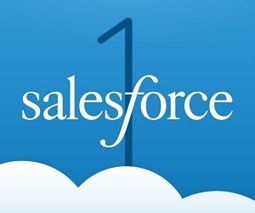

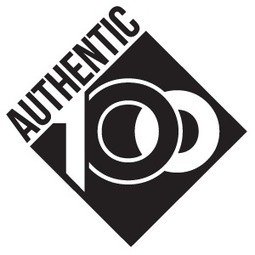
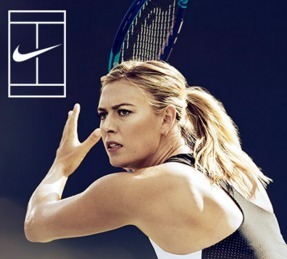
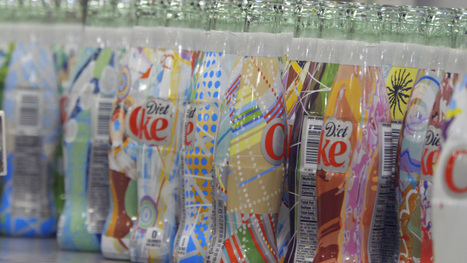
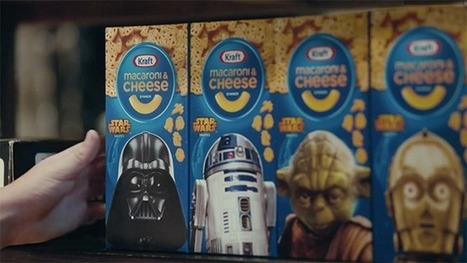

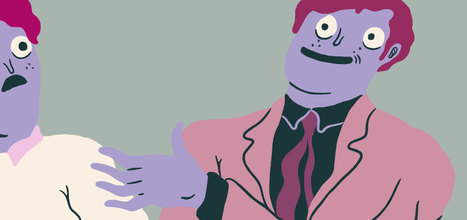
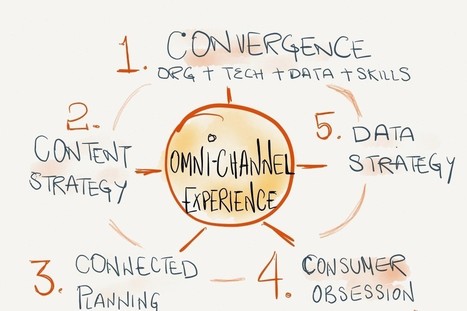

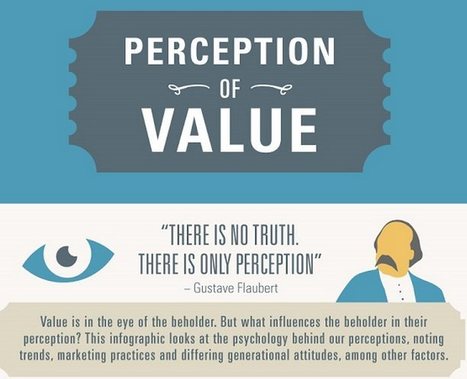










Brand names reveal a lot more than you think, as the fascinating science of "sound symbolism" suggests.